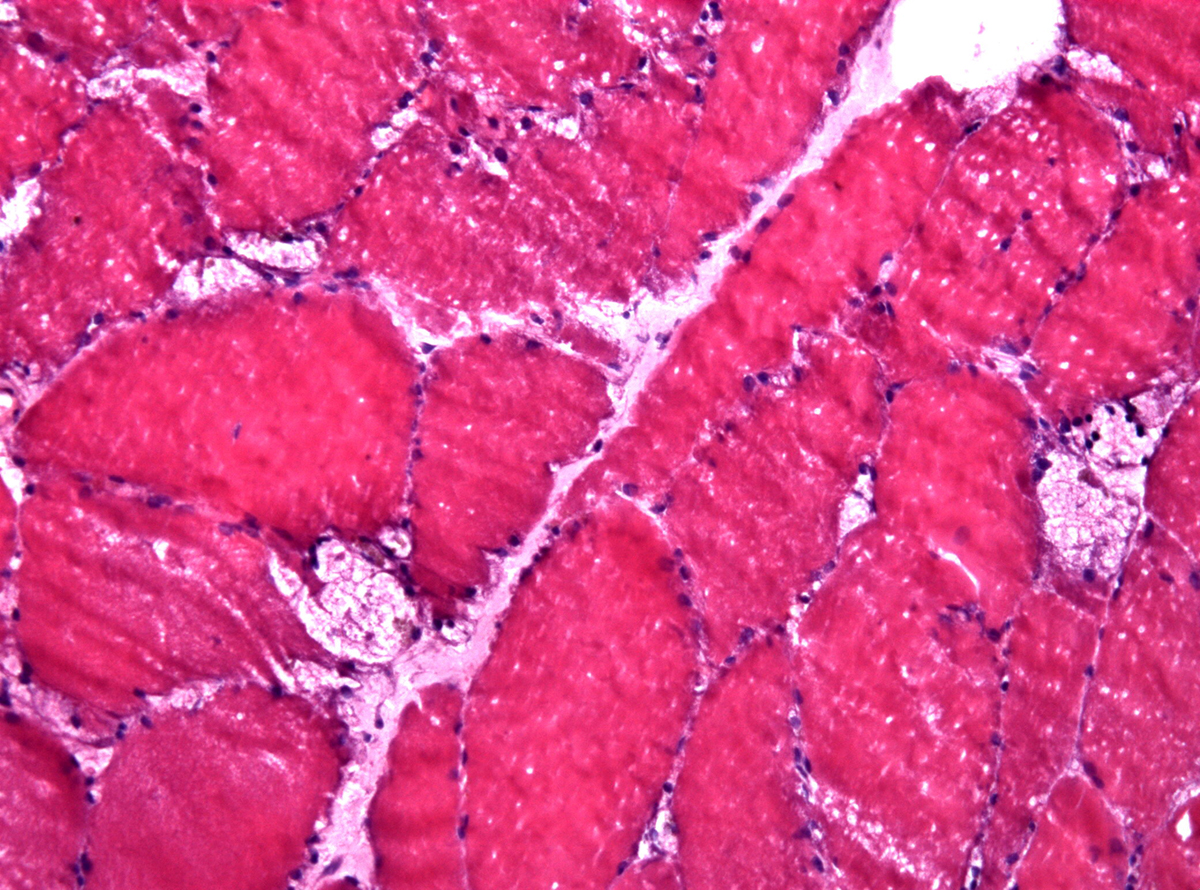
Pompe Disease and its History
Pompe disease is a rare medical condition which may be verydangerous as it may lead to death. It is an inherited type of disease whichdisables the skeletal muscles and the heart. It occurs in one in 40,000 newbornchildren. The disease was first described in 1932 by Johann Pompe. It wascharacterized back then by the accumulation of glycogen in the muscle tissues. Inthose times, it was very difficult to determine the exact causes of theaccumulation, because all the enzymes which are commonly a part of thenormal metabolism of glycogen and glucose were present and functioning.Therefore, the basis of the condition remained a mystery until the lysosomesgot discovered in 1955. It was not until 1965 that the scientific world hasdiscovered the symptoms of the Pompe disease could be associated with thedeficiency of a lysosomal enzyme called alpha glucosidase. This type of enzymeis normally in charge of the breakdown of glycogen. Since these importantdiscoveries, the medicinal world has established a new concept of the so calledlysosomal storage diseases. There are 49 of them described so far, and thePompe disease is one of them. Even though the basis of the disease wasdiscovered, it is still very hard to treat it even today. If the enzyme getsadministered, it ends up in the liver and not the muscle cells, where it issupposed to go. There is an enzyme called Myozyme, produced by the GenzymeCorp. in the United States, whose development was quite a complex andcomplicated process. Among numerous other competitors, it was the one chosenfor the manufacture because its process was the easiest. The research for suchscientific projects and developments was partly funded by the InternationalPompe Association and the Muscular Dystrophy Association and Acid MaltaseDeficiency Association in USA. The main causes of the Pompe disease are certainmutations in a gene which are responsible for the normal production of an enzymewe refer to as acid alpha-glucosidase. In normal conditions, this enzyme isused for the breakdown of the glycogen. For those who do not know, glycogen isa stored form of sugar which the human body uses as a source of energy. Thefunction of the enzyme is performed in the intracellular compartments which areknown as lysosomes. These compartments are in charge of clearing the cells andproviding them with much needed energy. Those who suffer from the Pompe diseasehave reduced or completely eliminated amounts of that essential enzyme. Theexcessive amounts of the lysosomal glycogen get accumulated in the skeletalmuscles and the heart, but the other parts of the body may also get affected. Thisgene may be affected by more than 300 different types of mutations. Those differentmutations are associated with various different types of severity and the ageof onset. Complete or near complete deficiency of the enzyme is usuallyassociated with the infantile form and the early onset of the Pompe disease.The first symptoms occur straight away and they include head lag, floppiness,muscle weakness, poor weight gain and feeding problems. Other problems includeheart enlargement, lung infections and respiratory difficulties which lead todeath after only a few months. Partial deficiency of the GAA enzyme commonlyleads to the later onset of the Pompe disease. Symptoms of such instances ofthe disease may be characterized by symptoms such as muscle weakness whichleads to the respiratory weakness, respiratory failure and death.
Methods of treatment of Pompe Disease
The respiratory and cardiac problems can only be treatedwith certain types of symptomatic treatment options. Some patients may alsobenefit greatly from certain types of occupational and physical methods oftreatment. In some cases, there are certain dietary changes which may be ofcertain help in providing temporary improvement of the overall condition. Unfortunatelythese changes do not have any effects on the course of the Pompe disease. The risksin future pregnancies can be reduced significantly by indulging in geneticcounseling for the families. The aforementioned Myozyme was approved by the USFood and Drug Generation in 2006 and back then it was also given a BiologicLicence Application. It is the first type of treatment which was designed anddeveloped specially for the people who suffer from the Pompe disease. It isactually based on the enzyme replacement therapy and it utilizes a biologicallyactive recombinant type of the much needed GAA enzyme. This type of treatmentmethod is administered intravenously. It can also be associated with certaintypes of side effects such as shock, increased heart rate, skin rash, flushingand sometimes also fever.
Prognosis
If the condition does not get treated it is usually lethal.Those who are treated have a good chance of surviving the condition.



-Disease-Cause-Oral-Cancer_f_280x120.jpg)













Your thoughts on this
Loading...